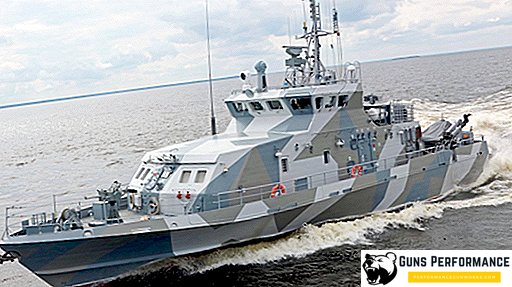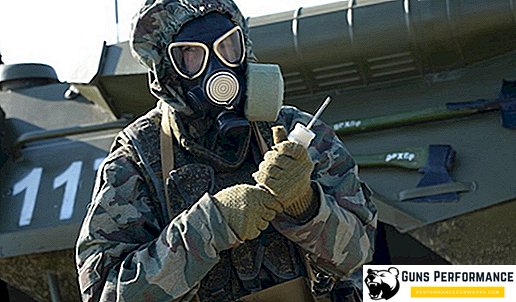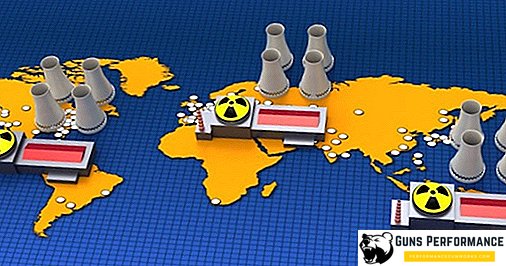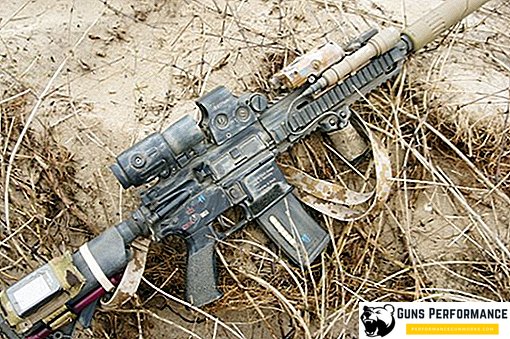Since the end of World War II, the United States has not come out of the state of confrontation with the Soviet Union (and then with the Russian Federation) in the political, military, and economic spheres. Fortunately, direct military conflicts between Washington and Moscow can now be avoided, including through the presence of nuclear deterrence.
The strategic balance periodically shifted in one direction or another, however, the fluctuations were made within acceptable limits without crossing the red line.
Success in the rivalry of the two superpowers depends directly on the availability of modern means of warfare, which they possess. It is not surprising that when one of the parties creates a new type of weapon, the other strives to keep up with the development of its new weapon.
Thus, Russia responded to the development of US missile defense, the objects of which are already deployed on the European continent, namely in Poland and Romania, with a new cruise missile with a nuclear power plant and a hypersonic Dagger.
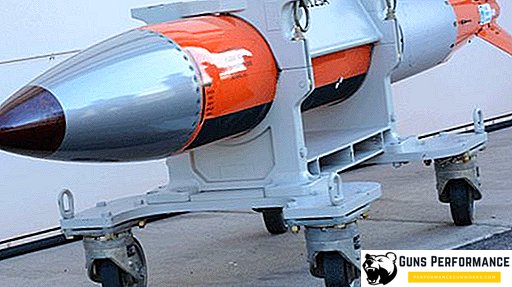
As was to be expected, the Pentagon responded with the creation of a new tactical weapon, the B61-12 nuclear bomb. In fact, this aircraft can be deployed at any airfield of American allies in the North Atlantic Alliance or in the countries friendly to them in the regions bordering the Russian Federation.
Of course, this will become a significant problem for the Russian armed forces, as it is not so easy to determine whether an ammunition has been placed on a military base, given that it is almost impossible to technically distinguish a nuclear B61-12 from a conventional bomb.
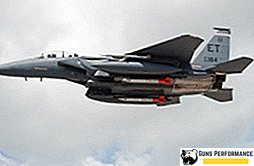
From the open press it is known that the bomb has a super-modern targeting system for a ground target with relatively small dimensions, which allows us to speak of its low profile for radar stations, as well as rank it as a high-precision weapon.
Not only bombers will be used as carriers, but also American F-15 Strike Eagle, F-16 Fighting Falcon, F-35 Lightning II fighters, German Tornado and a number of other aircraft.
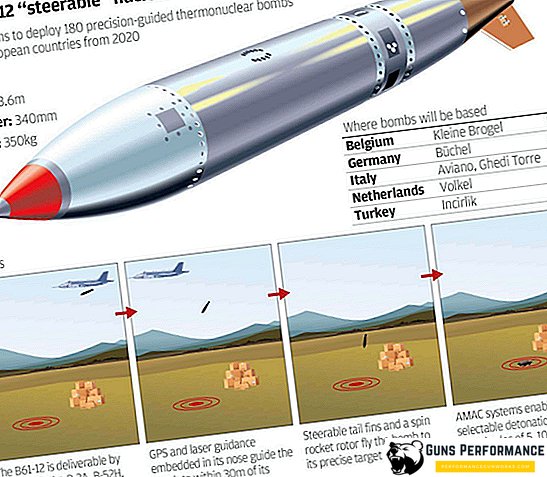
The carrier aircraft can drop a bomb at a distance of about 50 km to the designated target, which in some cases allows NATO pilots to use nuclear weapons without entering the most dangerous air defense zone.
Capacity, depending on the nature of the ground target, can range from 300 tons to 50 kilotons.
On arming V61-12 should arrive in 2020. It is estimated that about 200 nuclear bombs of this modification will be deployed in Europe.
The presence of such a large number of nuclear weapons in Europe is unlikely to help reduce tensions in US-Russian relations. Yes, and Pentagon strategists should not be complacent in the hope that they will be able to transfer the hypothetical theater of military operations to the European continent. After all, they are forced to bear in mind that there are no unattainable targets for the newest Russian weapons of the type, including in the United States.
So for now both sides maintain parity in the offensive weapons of warfare.


